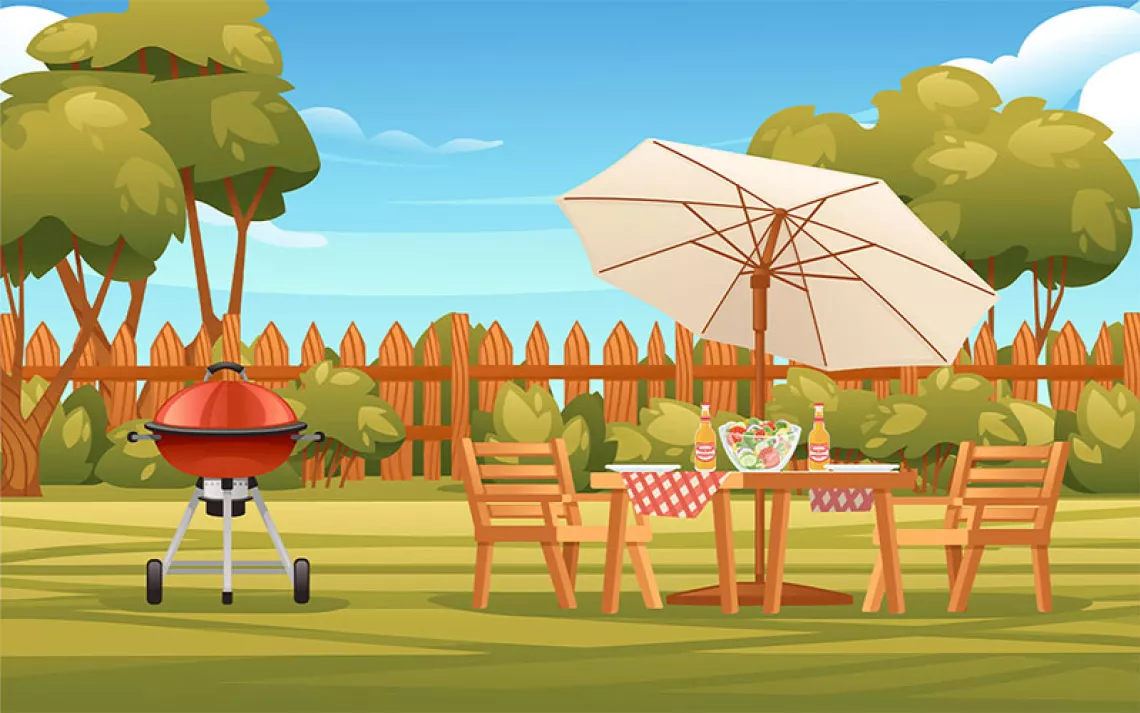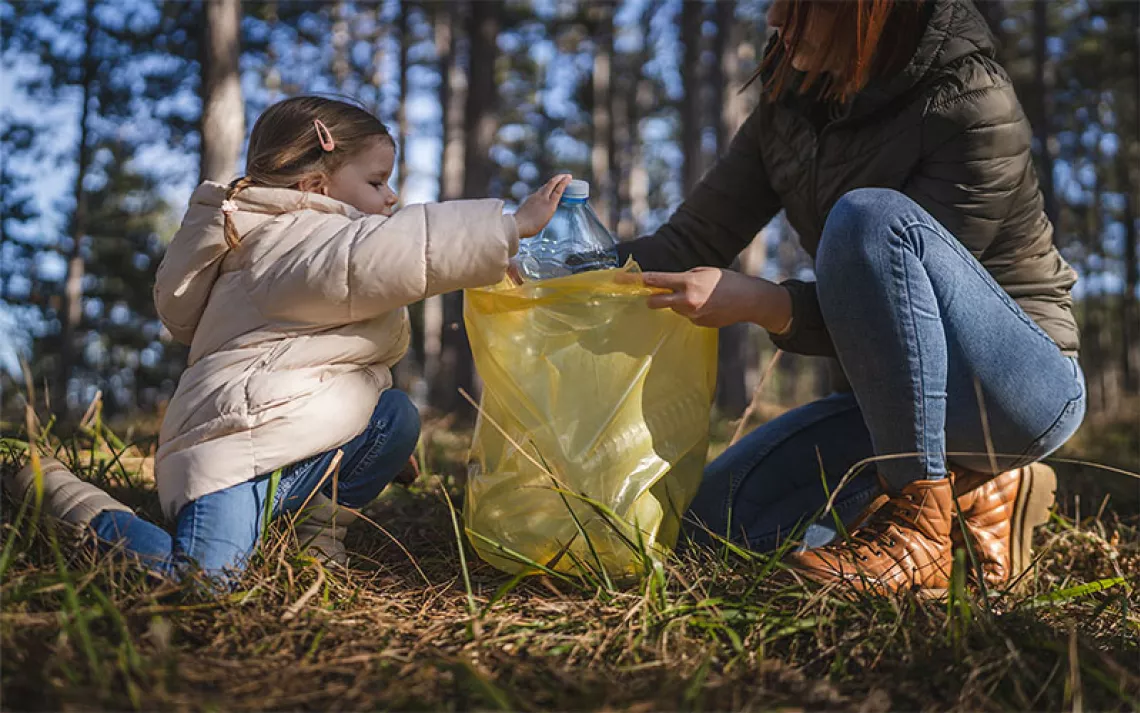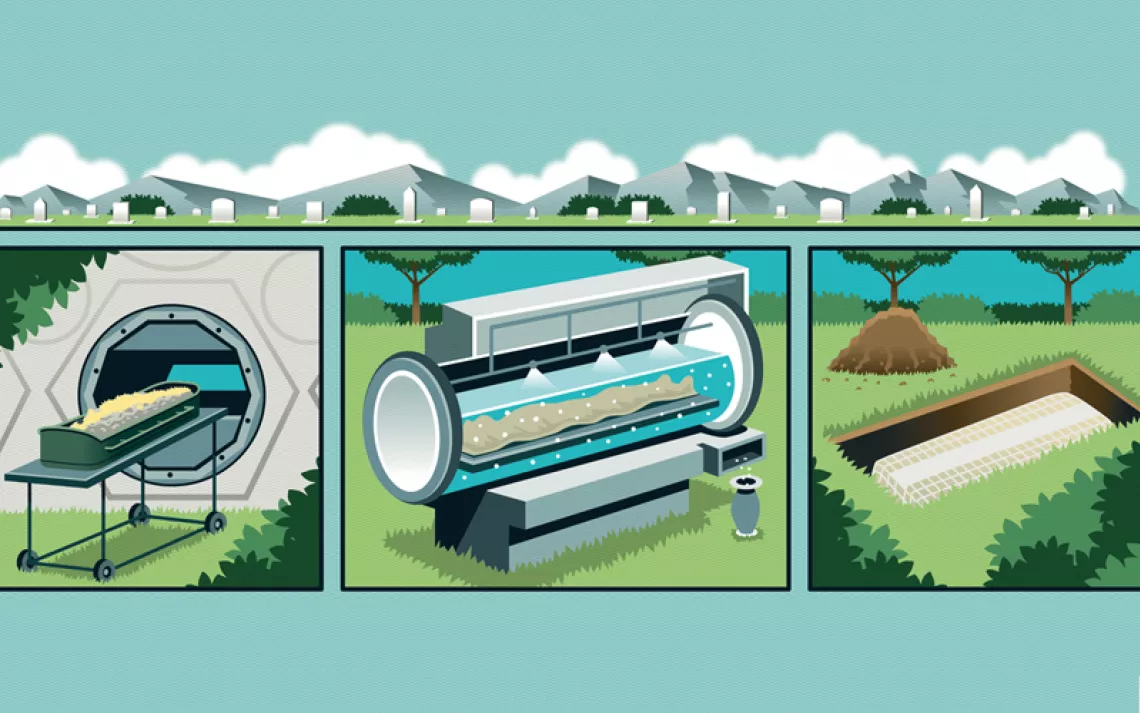What About Unrecyclable Stuff?

Photo by iStockphoto/Alberto Bogo
Hey Mr. Green,
What shall I do with the containers that our local collectors do not accept?
—Rosalind, in Great Neck, New York

Sign up to receive Sierra News & Views
Get articles like this one sent directly to your inbox weekly.
With this action you affirm you want to receive Sierra Club communications and may vote on policy designated by the Sierra Club Board.
You should put them in the regular garbage (assuming that they don’t contain hazardous waste) or try to reuse or repurpose them (remember: "reduce, reuse, recycle"?) There are hundreds of suggestions for reuse online—from absurd to ingenious—that you find just by searching for "creative reuse." Because recycling policies vary so much by location, to be absolutely sure what you can, can’t, or must recycle, contact your local recyclers and ask them.
Speaking of garbage, our national scandal of a refuse heap has shrunk a bit, from the peak of 253.7 million tons dumped in 2005 to 250.4 million tons dumped in 2011, according to the EPA. Out of this ghastly mass, we recycled or composted 34.7 percent, up from 31.4 percent in 2005. Our gross rate of dumping has fallen from its peak of 4.74 pounds per person in 2000 to 4.4 pounds per person. That almost 35 million tons of this mess consists of food waste is surely a cause for concern, if not a sin, as the Pope himself indicated on World Environment Day when he proclaimed throwing food away to be a “despicable” example of the "culture of waste."
Now whether your landfill is half full or half empty remains in question, because a substantial portion of the small drop in volume and increase in recycling may be the result of the recent economic collapse. We’ll have to wait till the 2012 data is assembled to find out for sure. In any case, we’re still dumping more than in 1960, when the rate was 2.68 pounds per person per day, and the net amount that wound up in landfills was half a pound per person per day less than now.
 The Magazine of The Sierra Club
The Magazine of The Sierra Club



